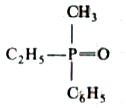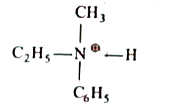Text Solution
AI Generated Solution
|
Topper's Solved these Questions
ISOMERISM
CENGAGE CHEMISTRY ENGLISH|Exercise Example|15 VideosView PlaylistISOMERISM
CENGAGE CHEMISTRY ENGLISH|Exercise Exercise|19 VideosView PlaylistIONIC EQUILIBRIUM
CENGAGE CHEMISTRY ENGLISH|Exercise Archives Subjective|28 VideosView PlaylistNCERT BASED EXERCISE
CENGAGE CHEMISTRY ENGLISH|Exercise Chemical Equilibrium|73 VideosView Playlist
Similar Questions
Explore conceptually related problems
Knowledge Check
A
B
C
D
Submit
A
B
C
D
Submit
A
B
C
D
Submit
Similar Questions
Explore conceptually related problems



